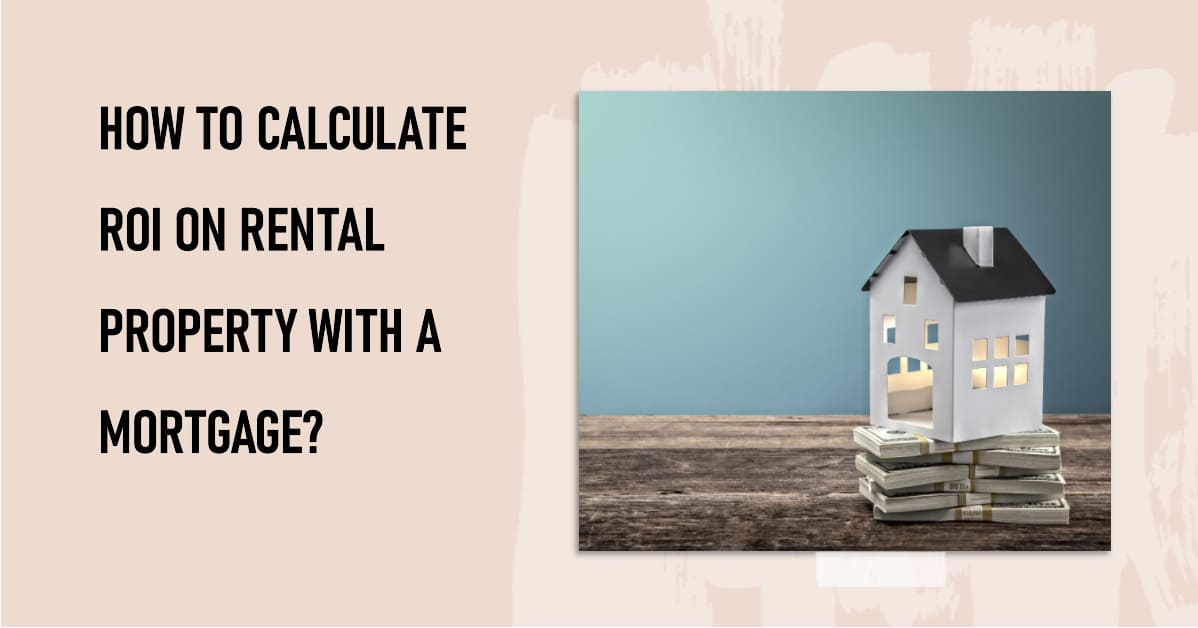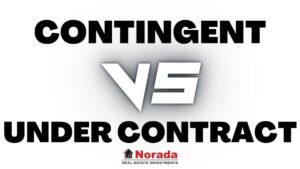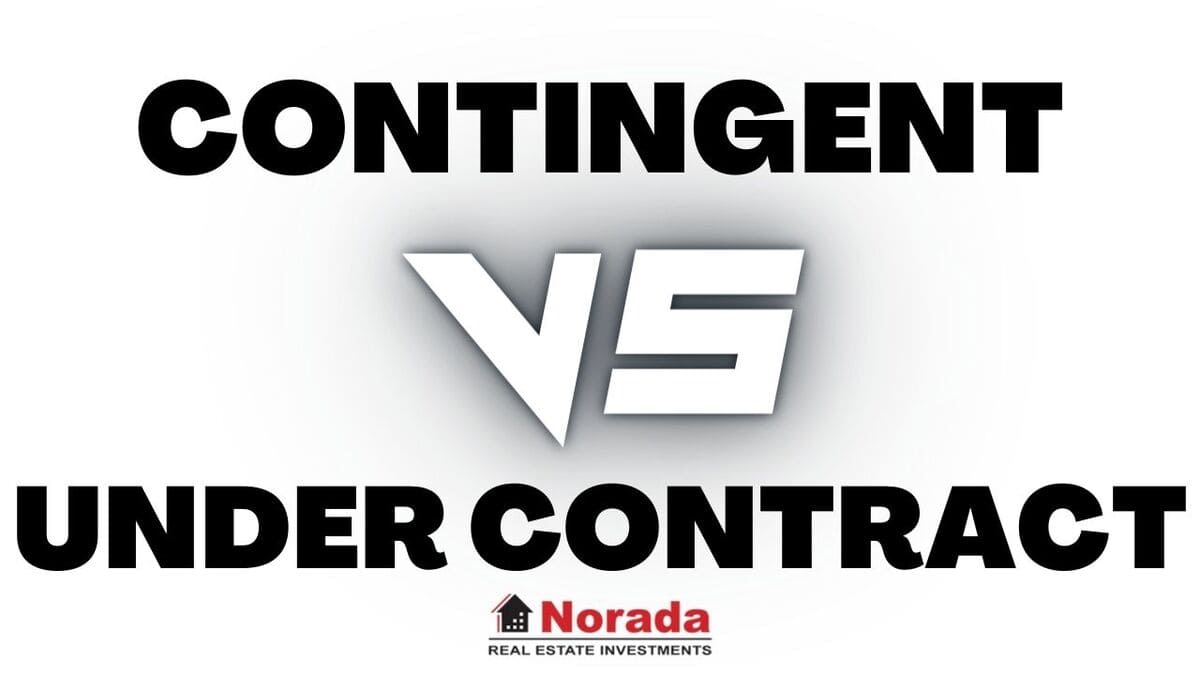In simplest terms, a real estate lease option is the right to control a property without the obligation to buy it. As a real estate investor, when you have such an option, you have the opportunity to buy a property during a set period of time, but you aren’t required to do so. The time period is agreed to by you and the seller at the time the agreement is signed.
If you don’t exercise your right as a buyer, the lease option expires, and you have no further responsibility to the seller. In most cases, you’ll have to pay an option fee. That fee may or may not be applied to the property’s purchase price, depending on the circumstances of the situation.
As with any real estate investment strategy, there are benefits and downsides to lease options. One of the great benefits is that they’re inexpensive in terms of the amount of money you have to put into each deal. This is to say that you only have to lay down a small percentage of funds instead of needing to raise the full amount to control a property.
Here’s an example to illustrate this point: Assume an investor wants to buy an option on a property. The property is worth $200,000, and the option fee amounts to 10% of that price, which is $20,000 and considerably less, obviously, than $200,000.
Once an investor signs this lease option agreement, he or she gains a second benefit – they have control without the burden of ownership. Even better, they also receive a third benefit – limited exposure to risk while saving capital for other investments. In other words, they’ve leveraged their money in a very effective fashion.
Another benefit lies in the potential for a good return on investment (ROI). To illustrate this point, let’s return to the $200,000 example and assume an annual appreciation of 6%. The results are shown in the graphic below.
| Appreciation | |
| Purchase Price | $200,000 |
| Annual Appreciation | x 6% |
| Increase in Value = | $12,000 |
| ROI | |
| Increase in Value | $12,000 |
| Amount Invested | $20,000 |
| ROI = | 60% |
Sixty percent is a pretty good return on investment!
A fifth benefit is the investor doesn’t have to be in the market full-time at the beginning of his or her career. He or she can keep their job and use the money earned from those jobs to invest in properties that will eventually bring them financial security and independence.
A sixth benefit is related to the movement of lease option tenants. They tend to move on and not stay in the properties for more than three years on average because they lack the financial wherewithal to buy a house and stay put. This may sound like a disadvantage, but it can actually be an advantage to the investor! How? Because once a tenant leaves, he or she can raise the rent to reflect new market conditions. Or they can require a higher amount of up-front money, get better option prices, etc.
Like any financial strategy, real estate lease options have their downside, as mentioned earlier. The main potential disadvantage of lease options is that the seller may be experiencing money troubles. This can lead to all kinds of troubles – the placement of liens on the property and a demand for payment of delinquent property taxes, etc. This means the property can’t be sold before all these obstacles are cleared up. It all adds up to aggravation for the investor as their money gets tied up in legal procedures and maneuvering.
The best way to deal with this problem is to prevent it in the first place. In other words, the investor should complete due diligence before ever agreeing to a lease option. That is, he or she should check to make sure the seller has good-to-great credit, a regular income, and a solid reputation.
The investor should also record a “Memorandum of Option,” which is a public record against the title of the property and lets the community know that you have an interest in the property. This prevents an unethical seller from re-financing and selling the property to someone else.
Another tactic to reduce risk is to work only with sellers who have considerable equity in their properties. That way, if a sudden illness or loss of job occurs, they have their equity as a backup.
Another potential downside to a lease option strategy is the possibility that the property won’t appreciate. So, if the property isn’t appraised before the option expires, the lease-option holding investors won’t be able to buy it unless they’re able to bring in cash for the difference between the appraised value and option price.
Again, due diligence can prevent this from happening; that is, the investor should check the neighborhood thoroughly, decide what part of the market cycle is in effect, and proceed accordingly.















